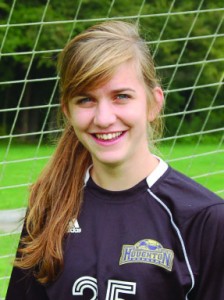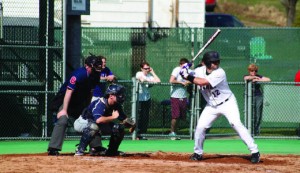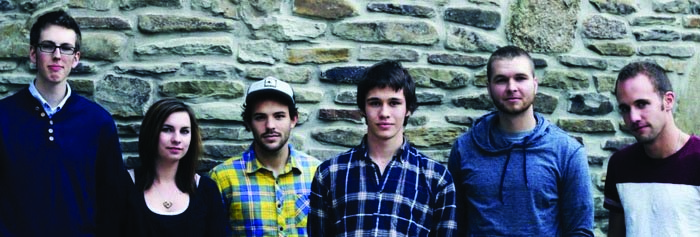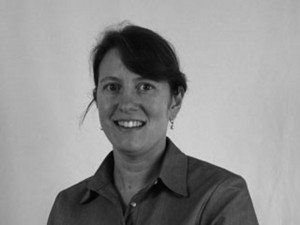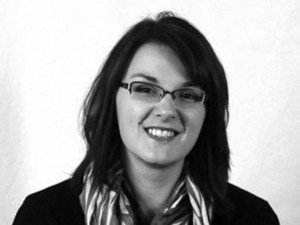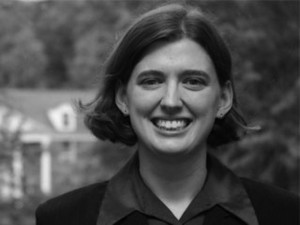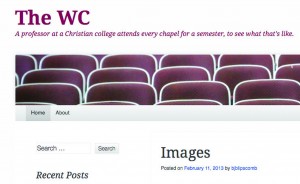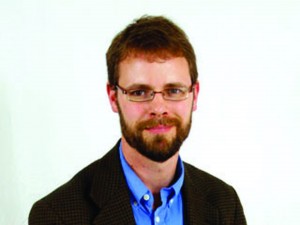Next fall, yet another sport will be introduced to the athletic department at Houghton: tennis. Coach Charlie Ellis will lead both the men’s and women’s teams.
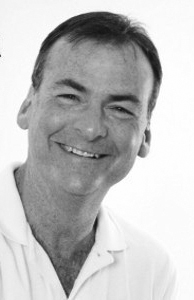
Ellis has over 30 years of experience within the tennis world. He began learning what he could at a young age until he joined the tennis program at the University of Georgia. Ellis was ranked eighth in college tennis and then went on to be first in the state of Georgia, earning a World ATP top-300 ranking. From there Ellis went on to coach and then settled into the field of club management, where he has stayed for over 20 years.
The nationwide search to find Houghton’s first tennis coach was extensive and competitive, in hopes of finding a near perfect fit to Houghton’s athletic program. Athletic Director, Harold Lord, said that Ellis was ideal for this position. Lord believes that Ellis will be a “quality member to the department, campus, and community”.
Up to this point Ellis has developed numerous tennis programs for all ages and skill levels ranging anywhere from toddlers to elite adult players. He also spent time as the general manager for Sportime Fitness in Schenectady, NY where he taught lessons to over 100 players. In addition, Ellis founded Fair Play Tennis, a company dedicated to helping young athletes create individual plans to enjoy and succeed at playing the game of tennis.
Ellis approaches this new opportunity with three principles in mind. He begins with the foundation of a faith based team with players who “show a godly respect for one another.” His next principle is that each athlete will have a particular group of people who will be devoted to promoting and maintaining his or her academics. Lastly, Ellis wants the team to “enjoy the journey of getting better at tennis.”
As Ellis looks forward to the upcoming season, he is eager to be working at a college level again. He said he wants to “get as many people involved and interested as possible in embracing the game of tennis.”
Lord said that the addition of tennis will hopefully create a different atmosphere on campus, spurring students to play recreationally. He said that, “tennis is an intercollegiate sport that will last a lifetime.”
As a result of the integration of NCAA tennis into the athletic program at Houghton, the first season will have an abbreviated schedule. The season is also split, with the women’s team beginning with their Empire 8 conference meets in the fall while the men’s team participates in non-conference events. The teams will then switch in the spring.
Each team will consist of approximately 12 to 15 individuals who will play both singles and doubles matches. The season will conclude in the spring with the NCAA National Championship.
Bethany Chesebro, freshman, began playing tennis sophomore year in high school. She chose Houghton knowing that there were plans to form a tennis team. Chesebro said she is excited “about being part of a team and being challenged at a more competitive level.”





